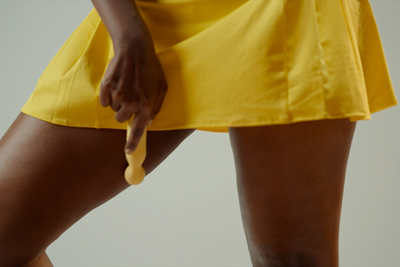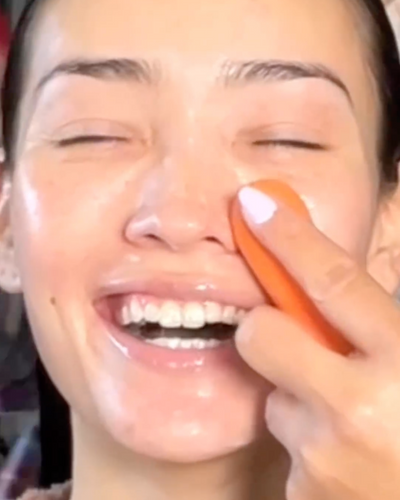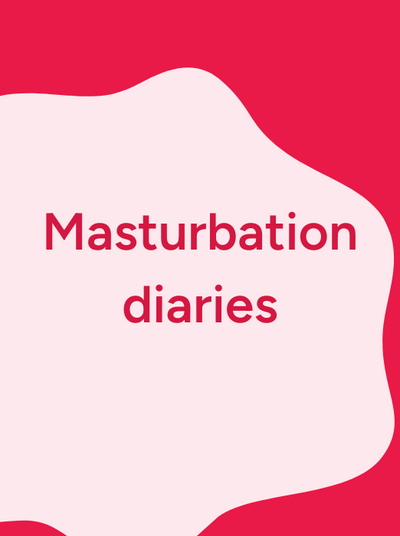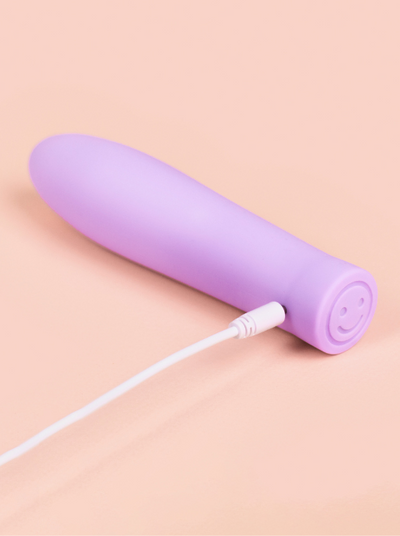The orgasm gap study.
In a study published in February 2018 in the Archives of Sexual Behaviour, approximately 52,600 cisgender people shared how often they had orgasmed during partner sex in the past month. 26,000 participants identified as heterosexual men; 450 as gay men; 550 as bisexual men; 24,00 as heterosexual women; 350 as lesbian women; and 1,100 as bisexual women.
The study found that straight men orgasmed more than anyone else at 95% of the time, though gay and bisexual men both orgasmed 89% of the time. Straight and bisexual women orgasmed only 65% and 66% of the time. And, lesbian women orgasmed 86% of the time.
This equates to 110 days fewer orgasms a year for straight women, something highlighted on Equal Pleasure Day!
What does the pleasure gap research tell us?
This disparity between men's and women's experience of pleasure is called the 'orgasm gap.' There is a vast difference in how often straight men and women reach orgasm during partnered sex, a 30% difference - but only a 9% difference in lesbian women and straight men. What does that tell us? People with vulvas CAN reach orgasm during partnered sex. We may have been fed lines in society that women "find it harder" to climax - BUT that doesn't seem to be the case when two vulva lovers are involved.
Coincidence? Absolutely not. A 2012 study of masturbation among women revealed that 92% of women who masturbated were able to reach orgasm this way. Many more studies also highlight how women's orgasm potential exponentially increases during solo sex.
So, it's a context thing. Women don't reach climax during sex with men nearly as much as they do alone or with other women.
Why does the orgasm gap exist?
In whatever partnered situation (casual, familiar, relationship), the gap never closes - men have more orgasms than women. But why?
'Orgasm gap isn't about women's orgasms being difficult or elusive - it's about the institution of hetero sex in our culture that is driving the orgasm gap.' Dr Laure Mintz.
Our understanding of sex and how we experience pleasure has been conditioned, with our orgasm expectations set by a heteronormative culture previously focused, nay obsessed, with penetration. When it comes to female orgasms, a very limiting gendered sexual script is holding people with vulvas back. From the type of stimulation to the language used, many social factors uphold this orgasm inequality, prioritizing penis pleasure and having enormous implications for vulva owners' sexual satisfaction.
10 things causing the orgasm gap.
1. Too much focus on the penis. We all know about the penis. It's talked about a lot in sex ed, more frequently mentioned in text books, it's the main character in most sex scenes we see in film, TV or porn. We mean, everyone knows how to doodle a penis... case closed.
2. Not enough focus on the clitoris (and too much focus on the vagina). The penis and vagina are treated as a comparative pair, when actually the penis is more homogeneously comparable to the clitoris. We don't get taught about the clitoris. It's not talked about in sex ed, it's hardly ever mentioned or depicted in text books, is rarely even a supporting lead in most sex scenes. And, how many clit doodles do you see out in the wild?
3. A lack of entitlement to pleasure. From a young age, people with vulvas feel less entitled to pleasure than people who identify as men. We even tend to use our partners’ satisfaction as a measure of our own. Our expectations are influenced by what we believe we are entitled to, and this holds true in sex too. Gender issues writer and speaker, Peggy Orenstein unpacks this in her Ted Talk.
“While young women may feel entitled to engage in sexual behavior, they don’t necessarily feel entitled to enjoy it,” Peggy Orenstein.
4. How good sex is defined. Studies show that straight men define good sex as reaching orgasm, women define it as not experiencing pain. This absence of pain rather than presence of pleasure is another sex gap in itself.
5. How partnered sex ends. Gendered sexual scripts set by an heteronormative mindset in education and beyond, attributes a man's orgasm as the end of sex. Male ejaculation is seen as the finish marker, placing more importance on men's pleasure and implying that they should always orgasm.
6. How partner sex starts. The language we use implies a hierarchy to sexual acts and pleasure - foreplay (just to get the woman ready for intercourse),intercourse, male orgasm, and sex over. What we know as 'foreplay' is A LOT of sexial acts, such as kissing, oral, using hands and fingers... The problem with the word foreplay is that it elevates some types of sex as 'better' or 'more like proper sex', and author of Mind The Gap, Karen Gurney believes it restricts women from experiencing orgasms.
7. Seeing sex as only intercourse. Repeat after us, sex and intercourse are not synonymous. We use these words as if they are the same thing, when actually outercourse (also known as foreplay) is sex too - and where most women find pleasure. Sex is so much more than vaginal penetration.
8. Lack of pleasure-positive sex education. A lot of the world still do not receive a sex education at school. For those that do, it's often more about reproduction and in turn heavily focused on penetration and penis pleasure.
9. An abundance of fake orgasms. The education teaches us that men should come every time; and, pop culture and porn teach us that an orgasm comes for all partners every time. The result? 80% of people with vulvas faking an orgasm, pretending that a type of stimulation has made them climax and setting a precedent for next time hey have sex, too.
10. Performance anxiety or obligation. One big reason women miss out on real orgasms is because of the pressure to experience one. Often, being so focused on that climax can distract from being present and feeling the pleasurable sensations that could make it happen. Ironic, but very much a reality.











